
Dishwasher cycles and settings explained
Your dishwasher helps you get your cookware fresh and ready for your next meal. Understanding your dishwasher settings and how dishwashers work can help ensure you’re getting the most out of each wash cycle.
Use the following guide to learn more about dishwasher cycles and settings so you can get your pots and pans clean and ready for making. Dishwasher cycles vary depending on the make and model of your appliance, so be sure to consult your product manual for model-specific information.
Dishwasher wash cycles
Different wash cycles and settings offer varying cleaning features to help get the right clean for your dishes. Explore common dishwasher cycles to learn more about their functions and cycle time.
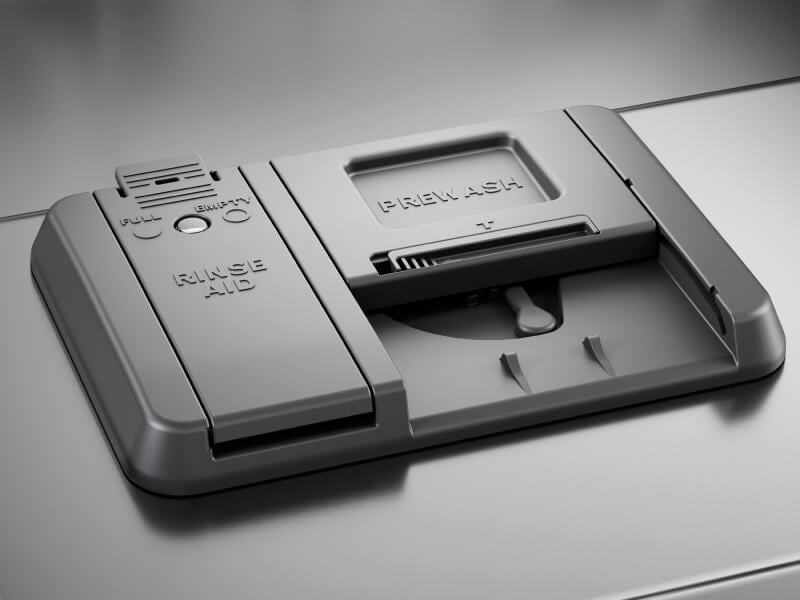
Prewash cycle
Prewash cycles soak dishes in addition to running a wash cycle, cutting out the need to scrape and hand wash dried or baked-on food before placing cookware in the dishwasher.
This cycle is best for dishes that may require a little more elbow grease to get a complete clean and can have extended cycle times depending on the model of your dishwasher.
Cycle time: 6-8 minutes
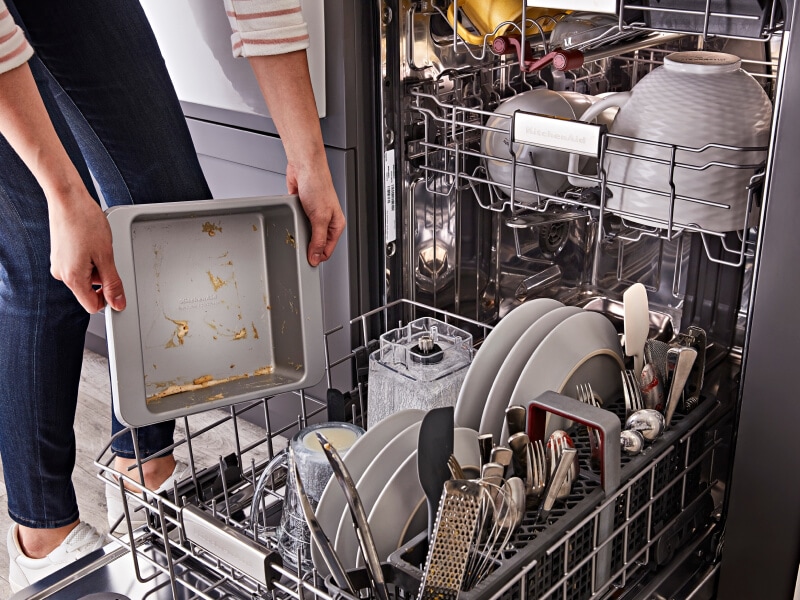
Sanitize cycle
The sanitize cycle raises wash and rinse temperatures to sanitize dishes and glassware and clean off bacteria. Use this cycle for cleaning baby bottles and dishware as well as dishwasher-safe cutting boards, knives and other utensils that have come into contact with raw meat.
Select KitchenAid® dishwashers offer a Sani-Rinse Option that eliminates 99.999% of food soil bacteria by adding a high-heat final rinse to sanitize dishes.
Cycle time: Can add up to 1.5 hours to normal wash cycle time
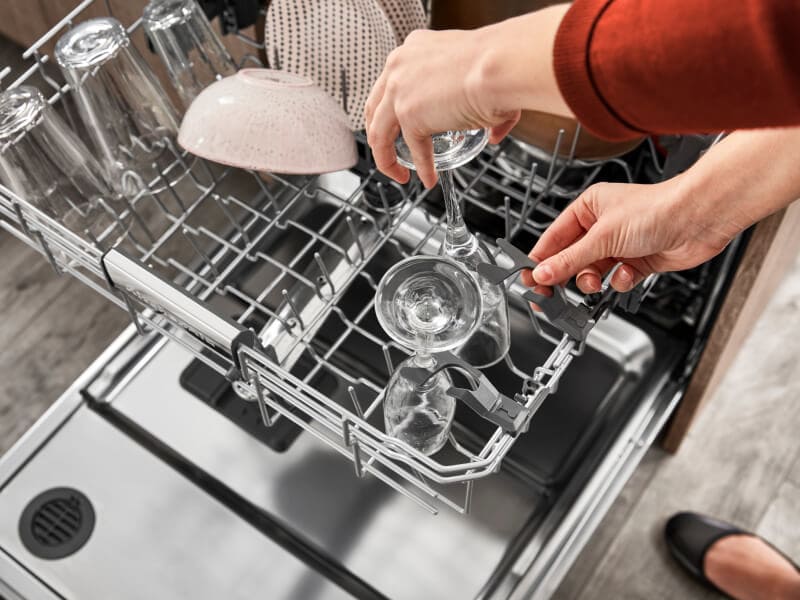
Normal wash cycle
A normal wash cycle generally cleans average amounts of leftover food residue without using extra water, heat or extended cycle times. Typically, this cycle washes dishes in water heated between 130 and 140°F.
Use the normal wash cycle for daily, regular or typical use to wash and dry a full load of dishes that don’t have baked-on messes.
Cycle time: 2.25 hours
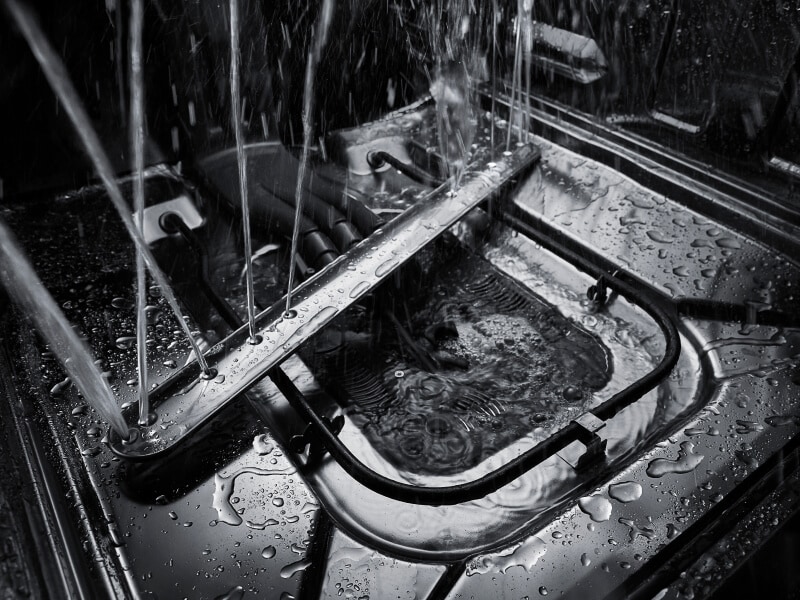
Rinse cycle
Rinse cycles simply spray your dishes with water to prevent food residue from sticking to dishes and utensils. Do not use detergent when selecting the rinse cycle as the cycle only spritzes dishes with water and does not completely clean them. If you are selecting the rinse cycle in combination with another dishwasher setting, you can add detergent as normal.
You can select this cycle to rinse dishes, glasses and silverware that won’t be washed right away to help prevent buildup.
Cycle time: 30 minutes
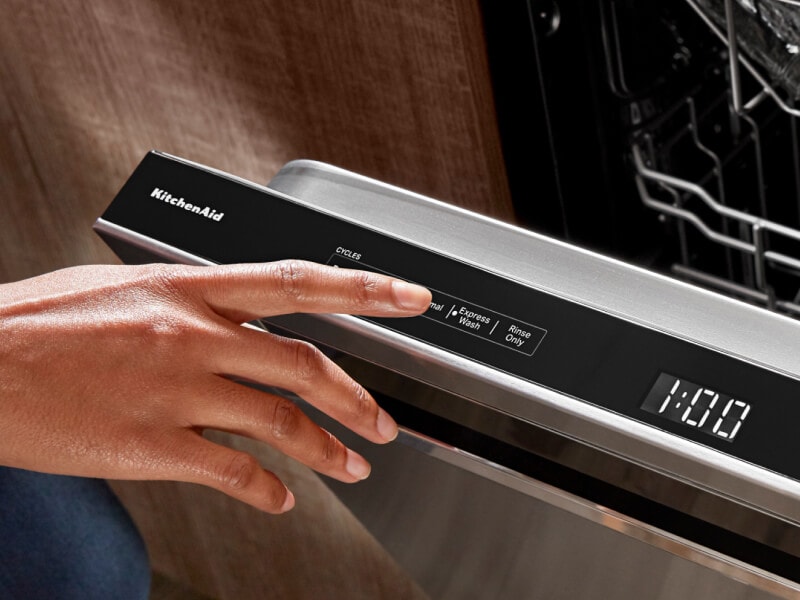
Quick wash cycle
When you select a quick wash cycle, your dishwasher typically uses more water, energy and heat for fast cleaning results. This cycle is helpful when you need to quickly clean up lightly soiled essentials so you can get back to making faster.
The Express Wash Cycle on select KitchenAid® dishwashers cleans dishes in less time, so you can keep the dishes you need on hand while prepping, cooking and entertaining.
Cycle time: 1 hour
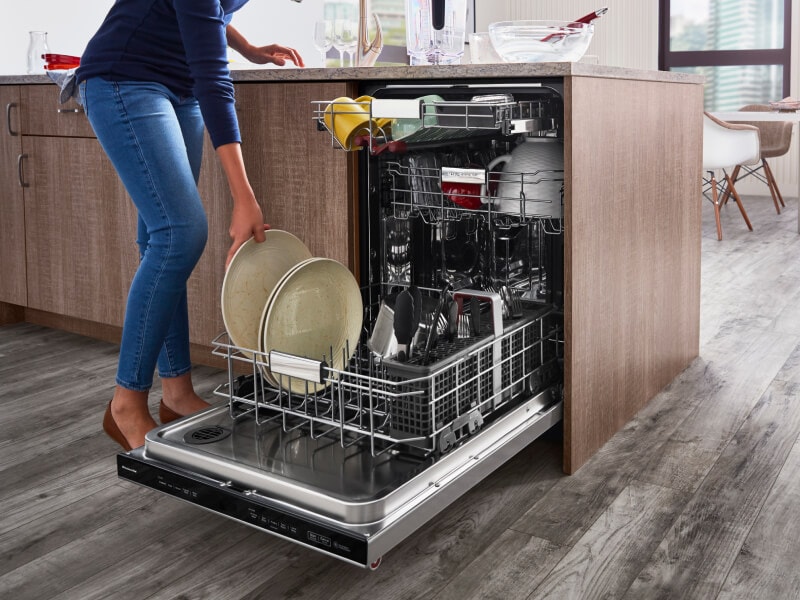
Heavy wash cycle
A heavy wash or tough cycle uses extra water and higher temperatures to break down substantial messes. You can select this cycle when washing heavily soiled tableware, pots, pans or baking dishes.
Cycle time: 2.75 hours
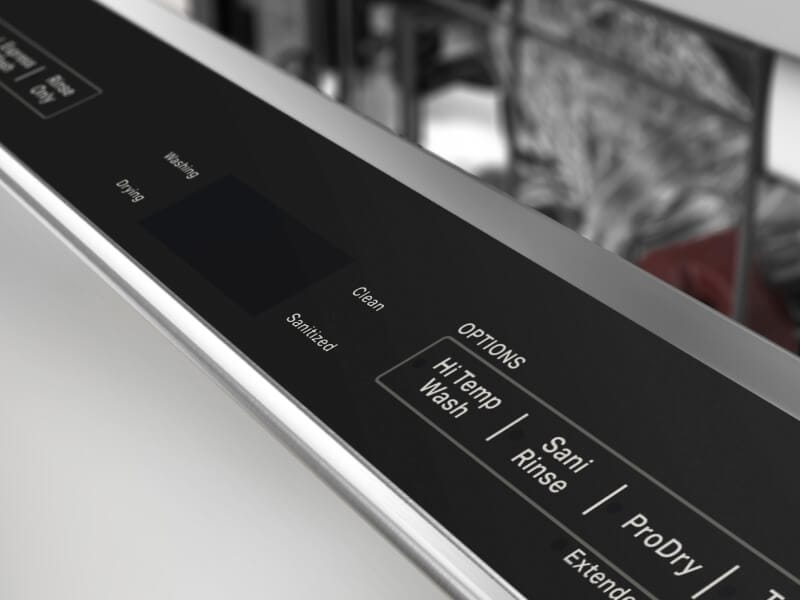
Hi-temp wash cycle
Hi-temp wash helps remove baked-on or greasy food residue by washing with higher water temperatures. This cycle is a good choice for dishes with hard-to-clean messes.
Cycle time: 3-3.5 hours

Sensor wash cycle
Sensor cycles automatically select wash and dry settings based on the soil level and load size of your dishes. This cycle is helpful when washing a variety of items with mixed soil levels.
Select KitchenAid® dishwashers offer the ProWash™ Cycle that uses sensors to measure the soil levels of your dishes throughout the wash cycle to adapt wash time and temperature as needed for lighter loads and tough messes alike.
Cycle time: Cycle times vary depending on the load and soil amount

KITCHENAID® THIRD RACK DISHWASHERS
Extra room, extra possibilities
KitchenAid® dishwashers with the Third Rack have extra room to fit your cooking tools and give them the clean they need
Dishwasher drying cycles
Specific drying cycles tend to vary depending on the model of your dishwasher, but generally dishwashers typically have two different dry settings. Discover which dry option may be best for your dishes below.


Dishwasher cycle FAQS
Read the following frequently asked questions about dishwasher cycles to learn more about your appliance’s cycles and settings.
How many cycles does a dishwasher run?
Typically, dishwashers of any make and model have at least three wash cycles: pre-wash, main wash and final wash/rinse. Some modern dishwashers offer more cycle choices to give you more options on how you clean your dishes.
The pre-wash sprays warm water on your dishes to help loosen up soils, while the main wash washes your dishes with hot water and detergent. The final wash rinses dishes with warm, clean water to remove detergent residue and any leftover food particles.
How long is a dishwasher cycle?
Cycle times vary depending on the wash cycle and any added cycle settings you have selected, but a typical wash cycle can last about 2–4 hours. Some cycles and dry settings can add length to your cycle time while others, like a quick wash cycle, can shorten it.
Why does my dishwasher take so long?
Generally, modern dishwashers are more energy efficient than their predecessors. They use less energy and water to run a single cycle, but this efficiency typically increases cycle times.
How much water and electricity does a dishwasher cycle use?
Modern dishwashers typically use about 3–4 gallons of water and 1200 watts of electricity per cycle. The precise water and electricity usage of your dishwasher varies depending on the make and model of your appliance. Consult your product manual for specific information.
Select KitchenAid® Eco Series dishwashers are designed with efficiency in mind, saving you water, energy, and money with quality wash and dry performance.1
Compare dishwashers vs. hand washing to learn more about water consumption and environmental impact.
Was this article helpful? Pass it on
Explore more with KitchenAid brand
1 Compared to dishwashers meeting the minimum 2023 Department of Energy efficiency standards




